Patent design:
.jpg)
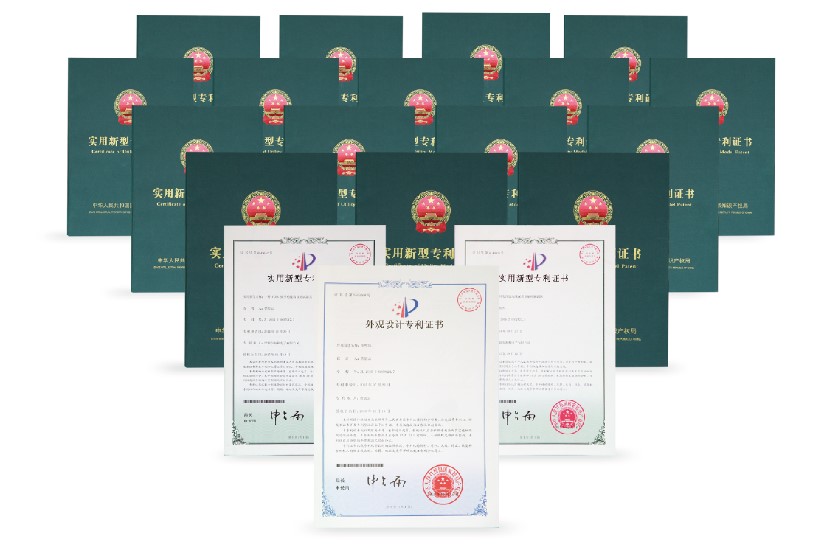
When considering patents, most people think of utility patents, which are issued for an apparatus, a process, a product, or a composition of matter. An additional patent category, however, is the design patent, which can be extremely valuable under the right circumstances.
A utility patent has a detailed technical disclosure along with drawings (where appropriate) and one or more claims. The claims of a utility patent list the elements of the invention and establish the boundaries of patent coverage. The design patent, by contrast, relies primarily upon the drawings to communicate what is protected. The design patent has only one claim. This claim, rather than listing any structure or describing the design in words, generally refers to the drawings as a standard of what is protected. While utility patents may be obtained for novel, useful, and unobvious inventions, the design patent does not focus on utility; rather, it is directed toward an ornamental design of an article of commerce. The United States Patent and Trademark Office has defined the design of an object to be the visual characteristics or aspects displayed by the object.
While a design patent may be issued for a utilitarian article, such a patent may be obtained only to the extent that the ornamental features dominate the functional features. To the extent to which a design is predominately utilitarian in nature, it is not protectable by a design patent in the United States.
A design patent may be issued for ornamental configuration, surface decoration, or both. It must be issued for an article, however. It is also important that the design be repeatable. For example, in a case where a company had a unique method for applying a decorative coating to wallpaper to create a cloudy appearance, a design patent was refused. The basis for the refusal was that the design was not repeatable. Protecting all designs created by the process would have essentially protected the decorating method itself. Methods cannot be protected by design patents.
To qualify for a design patent, the subject must be new in the sense that no single, identical design exists in the prior art, it must satisfy the ornamental standards, and it must be original to the inventor or inventors seeking protection. It must also be unobvious on the basis of any previously existing design or combination of designs when viewed through the eyes of a hypothetical designer skilled in the art. Further, design patents cannot be obtained for ornamental features that are not visible when the product is in use. In general, a design patent is obtained for the aesthetically appealing features of a product. It has also been stated that the subject must be a product of aesthetic skill and artistic conception. For example, one would have difficulty obtaining a design patent for a riveting machine, as it would generally not have aesthetic appeal.
A utility patent has a detailed technical disclosure along with drawings (where appropriate) and one or more claims. The claims of a utility patent list the elements of the invention and establish the boundaries of patent coverage. The design patent, by contrast, relies primarily upon the drawings to communicate what is protected. The design patent has only one claim. This claim, rather than listing any structure or describing the design in words, generally refers to the drawings as a standard of what is protected. While utility patents may be obtained for novel, useful, and unobvious inventions, the design patent does not focus on utility; rather, it is directed toward an ornamental design of an article of commerce. The United States Patent and Trademark Office has defined the design of an object to be the visual characteristics or aspects displayed by the object.
While a design patent may be issued for a utilitarian article, such a patent may be obtained only to the extent that the ornamental features dominate the functional features. To the extent to which a design is predominately utilitarian in nature, it is not protectable by a design patent in the United States.
A design patent may be issued for ornamental configuration, surface decoration, or both. It must be issued for an article, however. It is also important that the design be repeatable. For example, in a case where a company had a unique method for applying a decorative coating to wallpaper to create a cloudy appearance, a design patent was refused. The basis for the refusal was that the design was not repeatable. Protecting all designs created by the process would have essentially protected the decorating method itself. Methods cannot be protected by design patents.
To qualify for a design patent, the subject must be new in the sense that no single, identical design exists in the prior art, it must satisfy the ornamental standards, and it must be original to the inventor or inventors seeking protection. It must also be unobvious on the basis of any previously existing design or combination of designs when viewed through the eyes of a hypothetical designer skilled in the art. Further, design patents cannot be obtained for ornamental features that are not visible when the product is in use. In general, a design patent is obtained for the aesthetically appealing features of a product. It has also been stated that the subject must be a product of aesthetic skill and artistic conception. For example, one would have difficulty obtaining a design patent for a riveting machine, as it would generally not have aesthetic appeal.
ISO System:
.jpg)

ISO 9001:2015 specifies requirements for a quality management system when an organization:
a) needs to demonstrate its ability to consistently provide products and services that meet customer and applicable statutory and regulatory requirements
b) aims to enhance customer satisfaction through the effective application of the system, including processes for improvement of the system and the assurance of conformity to customer and applicable statutory and regulatory requirements.
All the requirements of ISO 9001:2015 are generic and are intended to be applicable to any organization, regardless of its type or size, or the products and services it provides.
Lab equipments:
.jpg)
 |
.jpg) |
.jpg) |
|
| Drop test |
Vibration test
|
Temperature test |
.jpg) |
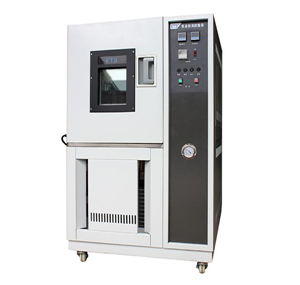 |
|
| Salt spray tester |
|

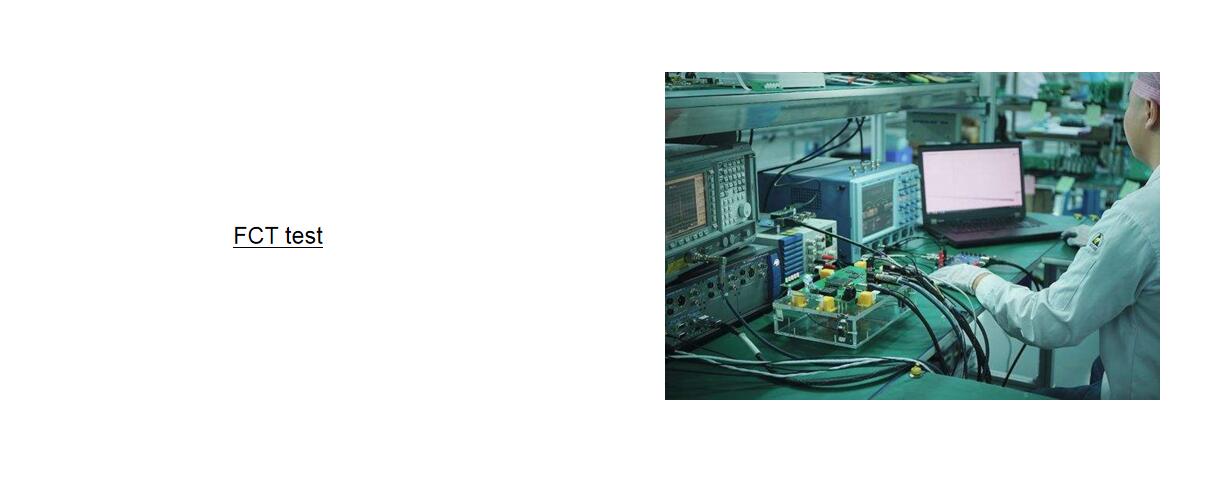
Why is it important to choose measures with good reliability?
Having good test re-test reliability signifies the internal validity of a test and ensures that the measurements obtained in one sitting are both representative and stable over time. Often, test re-test reliability analyses are conducted over two time-points (T1, T2) over a relatively short period of time, to mitigate against conclusions being due to age-related changes in performance, as opposed to poor test stability.
Without good reliability, it is difficult for you to trust that the data provided by the measure is an accurate representation of the participant’s performance rather than due to irrelevant artefacts in the testing session such as environmental, psychological or methodological processes.
Often your aim in research will be to evaluate the impact of an intervention on an individual’s performance. Without the confidence that the measure you’ve chosen is reliable, it is difficult to ascertain whether differences in performance pre and post-intervention are genuinely due to the intervention provided and not an artefact of the tool.
A tool with low reliability can therefore mask the true effects of an intervention, which could have serious ramifications on the conclusions drawn, and therefore the future progression of that intervention.
QC test:Why is it important to choose measures with good reliability?
Having good test re-test reliability signifies the internal validity of a test and ensures that the measurements obtained in one sitting are both representative and stable over time. Often, test re-test reliability analyses are conducted over two time-points (T1, T2) over a relatively short period of time, to mitigate against conclusions being due to age-related changes in performance, as opposed to poor test stability.
Without good reliability, it is difficult for you to trust that the data provided by the measure is an accurate representation of the participant’s performance rather than due to irrelevant artefacts in the testing session such as environmental, psychological or methodological processes.
Often your aim in research will be to evaluate the impact of an intervention on an individual’s performance. Without the confidence that the measure you’ve chosen is reliable, it is difficult to ascertain whether differences in performance pre and post-intervention are genuinely due to the intervention provided and not an artefact of the tool.
A tool with low reliability can therefore mask the true effects of an intervention, which could have serious ramifications on the conclusions drawn, and therefore the future progression of that intervention.
.jpg) |
.jpg) |
QC flow chart:
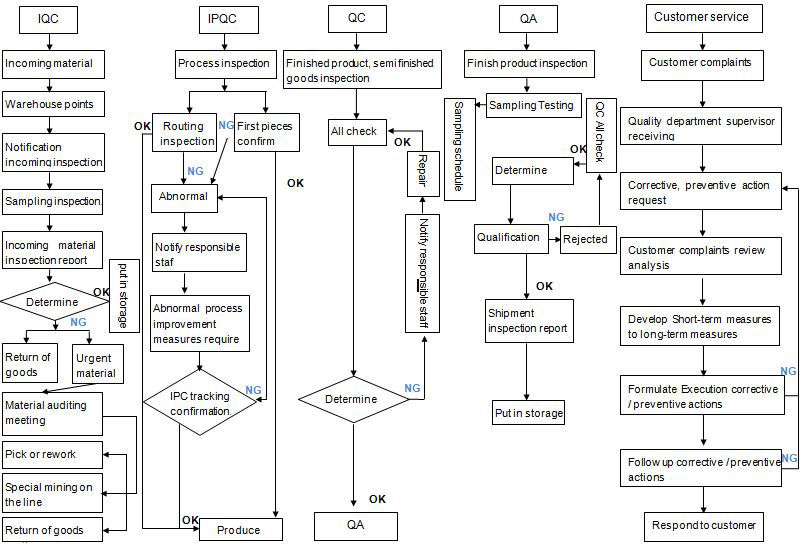
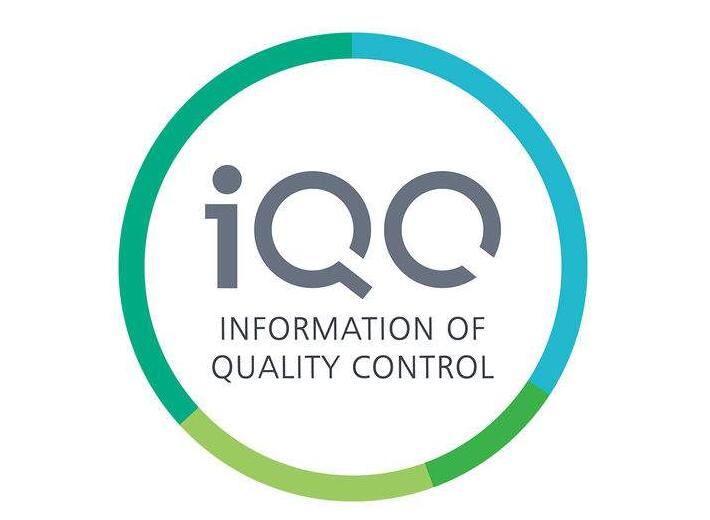
.jpg)
Factory 7S Slogan:

Quality is the foundation of our business
Dedicated to providing our customers with high quality parts. It is our policy to meet or even exceed our customers’ expectations. We maintain the quality management system that meet our customers’ requirements as well as our own demanding requirements, We are devoted to continuous improvement with our processes and the abilities of our people.
Apart from our internal strict QC system under certification of ISO9001, for those newly-introduced comprehensive OEM projects, Project Managers would take care of as an independent 3rd eye to monitor and control the whole procedures since the very first initial drawings clients send to us, till the goods has been ready to ship.




